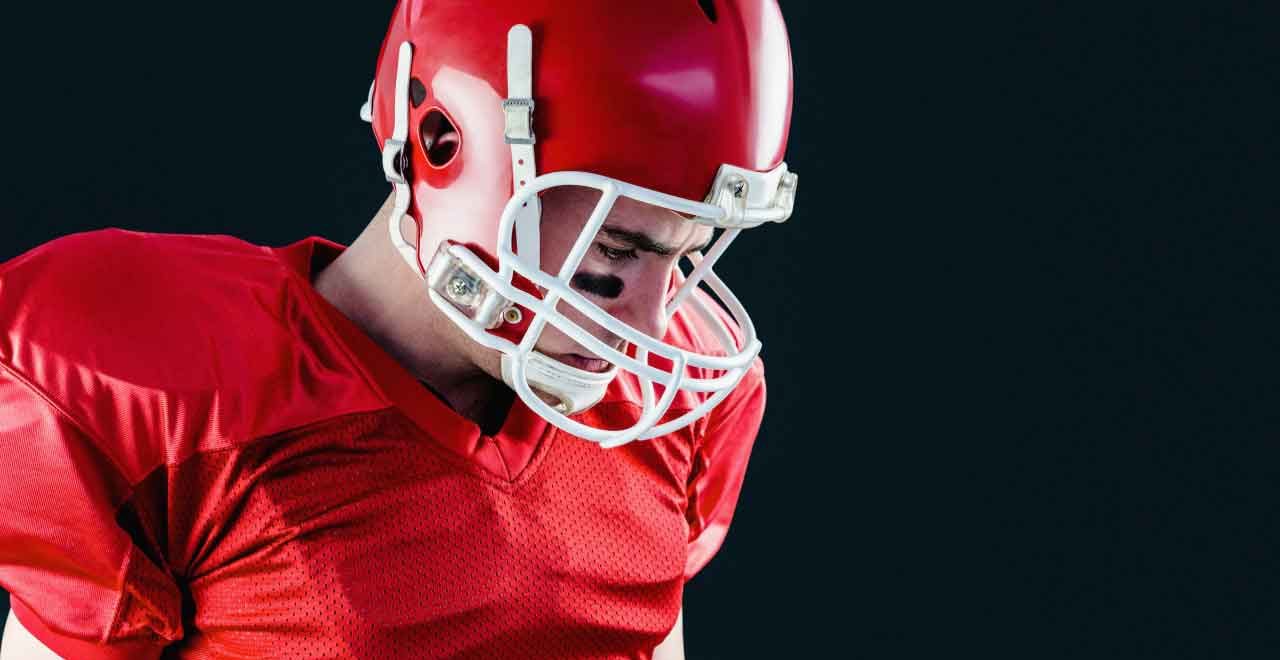Micro (Sub) Concussions Happen Often in Sports

The brains of athletes who aren’t diagnosed with concussions still show damage. Many small subconcussions are dangerous as well. Here’s what you should know.
The public hears more each day about concussions occurring during school sports, professional football, and combat. Yet many injuries go unrecognized, and even small impacts to the head may accumulate damage over time.
YOU MIGHT ALSO LIKE: Take Concussion Seriously
Patrick Bellgowan, PhD, deputy associate director at the National Institute of Neurological Disorders and Stroke, figured he had made a mistake when the results of brain scans from a group of 25 college football players came in.
Although they had no history of reported concussions, their hippocampuses were, on average, 14 percent smaller than those of a control group — young men who didn’t play contact sports. (The hippocampus is an area deep inside your brain that helps regulate emotional control and memory formation.)
In a second group of players who had at least one diagnosed concussion, the scans showed a 25 percent difference. Those were unexpectedly big differences, especially in people with no known concussions.
The first group of players may have been suffering, in part, from the effects of subconcussions (micro concussions), head injuries that don’t cause immediate symptoms. Like concussions, such injuries are caused by a bump, jolt or blow that makes the brain move suddenly, bouncing or twisting within the skull.
Other research has found cognitive impairment in high school football players without diagnosed concussions.
Severe blows to the head are known to cause chronic traumatic encephalopathy (CTE), long-term damage, often from multiple concussions, that can lead to earlier cases of dementia. Although subconcussions usually aren’t reported and may not be noticed, they may affect brain health. It’s possible they even help trigger CTE.
Accumulation of small blows seems to matter. Bouncing the ball with your head in a soccer game, for example, may seem like a mild impact, but soccer players who do that often have performed worse on cognitive tests than those who don’t head the ball as much. Brain imagining studies show the same differences. In short, playing soccer can damage your brain.
That’s important, as soccer has turned into a year-round sport, with many young players playing on many teams at once. The American Academy of Pediatrics ranks soccer as equivalent to American football and ice hockey in the frequency of head injury. Pre-teen girls may be at most risk.
Researchers compare soccer heading to the subconcussive effects of amateur boxing. In a study of 20 amateur boxers who engaged in three 3-minute sparring bouts, their memory and other brain measures showed a negative impact after an hour. Although the boxers had recovered 24 hours later, the study showed evidence of a mechanism that might explain the damaging long-term effects of routine repetitive head impacts in sport.
The good news is that parents and coaches are increasingly aware of the risks of traumatic brain injuries (or TBIs), mild or otherwise.
It’s important to teach preteen soccer players not to head the ball. The U.S. Youth Soccer Federation allows heading only for children age 13 and older. As for teen players, that’s a family decision, but teens should know that they may be risking their brain health.
Young athletes should be taught about safe playing techniques and the importance of following rules. The risk of concussions goes up substantially when kids hit their teen years.
Children should wear helmets (make sure they fit well and are in good condition) for any riding activities, including riding a horse or a bike, skating, or skateboarding.
Updated:
May 15, 2023
Reviewed By:
Christopher Nystuen, MD, MBA and Janet O'Dell, RN